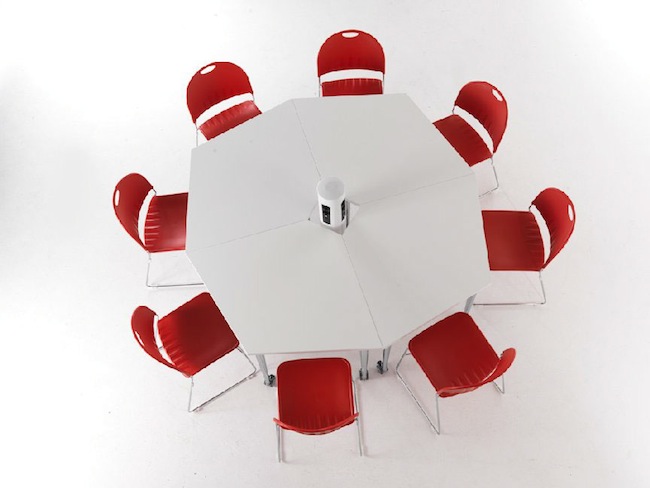We’re all painfully aware that for workers, the Great Recession caused the pendulum to swing from attraction and retention to cut, cut, cut.
Yet getting more efficient — doing more with less, and eliminating waste — shouldn’t require sacrificing effectiveness; that is, enabling workers to achieve their best performance and the desired result.
Think “both/and,” not “either/or.” Organizations can find a competitive edge in their cost structure, and a workplace that enables their workers’ best performances.
As we search for both efficiency and effectiveness opportunities, we can look at both “demand” — in truly understanding what people need to do their work — and “supply” savings in the way space and furniture are planned and managed over time.
Resizing, Reallocating
Improving space utilization doesn’t have to be a giant take-away. Perhaps you believe that knowledge work requires a shift from mostly solitary activities to more interactive activities. And if you also believe that social interactions build needed trust and effective communication, then allocating less space to individual offices and workstations and reallocating some of the savings to project rooms, huddle rooms, and espresso machines may be overdue.

Flat screen monitors, networked printers, and many more electronic documents are reducing the need for surface and storage within those offices and workstations, making these smaller sizes feasible. Effectiveness can come from maximizing the space inside the workstation through better use of the vertical space — like binder storage in dead corners, relevant paper management tools in strategic places, or cushioned storage pieces that replace guest chairs.
Sharing
Breaking the paradigm of one-seat-per-person can also be a significant way to reduce space and achieve a highly competitive cost structure. Many organizations have found that offices and workstations sit empty as much as 60 percent of the time; wireless networks, laptops, Blackberries, and other technologies enable work to occur almost anywhere, anytime.
Having said that, though, it’s critical not to assume that this automatically translates into eliminating 60 percent of offices and workstations. Mobility programs, like any good workplace strategy, should be developed by thoroughly understanding work practices. Also consider the company and individuals from a readiness perspective, as it often requires new technology and sometimes radical changes in attitudes and management practices.

Those organizations that have been at this for a while and are moving most aggressively have been able to realize 40 percent or better space savings, and provide their workers with the tools, policies, and workplaces that overall are more conducive to modern work activities.
Matching Work to Place
As I’ve suggested more than once, thoroughly understanding the range and requirements of work activities being performed allows us to question and improve them, better align them with organizational goals, and design for them accordingly. Individual and group spaces (size, kind, number, and arrangements) can then better reflect the needs of their users.
Kaizen, the lean manufacturing mindset Japanese and U.S. manufacturers like Allsteel have used so successfully, is all about removing waste, which is defined as anything that doesn’t add value to the ultimate customer. That way of seeing things is highly relevant here — planners and managers might first seek to understand what’s happening, then work with the business to better align work with place and give people what they need, but no more.
Each of these three strategies is highly related to the other two. As we understand work and workers, we get a much clearer picture of what they truly need and how they work. This opens the door to smaller, shared, rearranged, more flexible spaces that actually work better for the workers using them.
Facilities Management Improvements

Other cost savings can be found in what we buy and how we manage it:
- A “kit-of-parts” approach: Reducing the number of components needed to build workstations to as few parts as possible can reduce inventory and reconfiguration costs.
- Designing a cluster of workstations so that they can be compressed in size to fit additional workers in the same overall space can help manage last-minute hires, or allow for temporary consolidation when necessary.
- Value engineering when buying new products: Staying with “standard” components or moving to a lower-cost version of a given component may offer savings without having to compromise quality.
—
This article is adapted from one that first appeared on the CoreNet NYC Chapter website in 2009.


